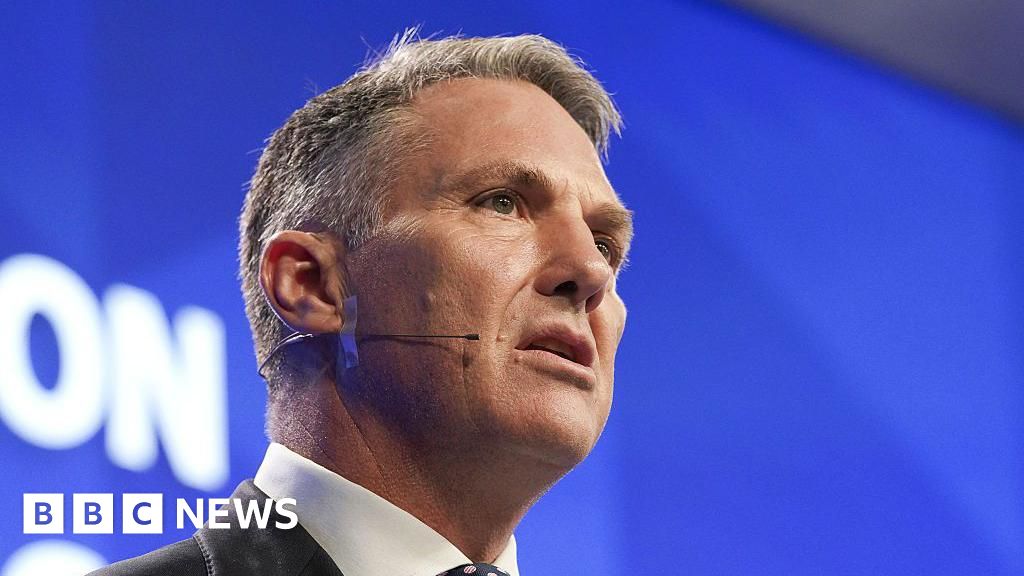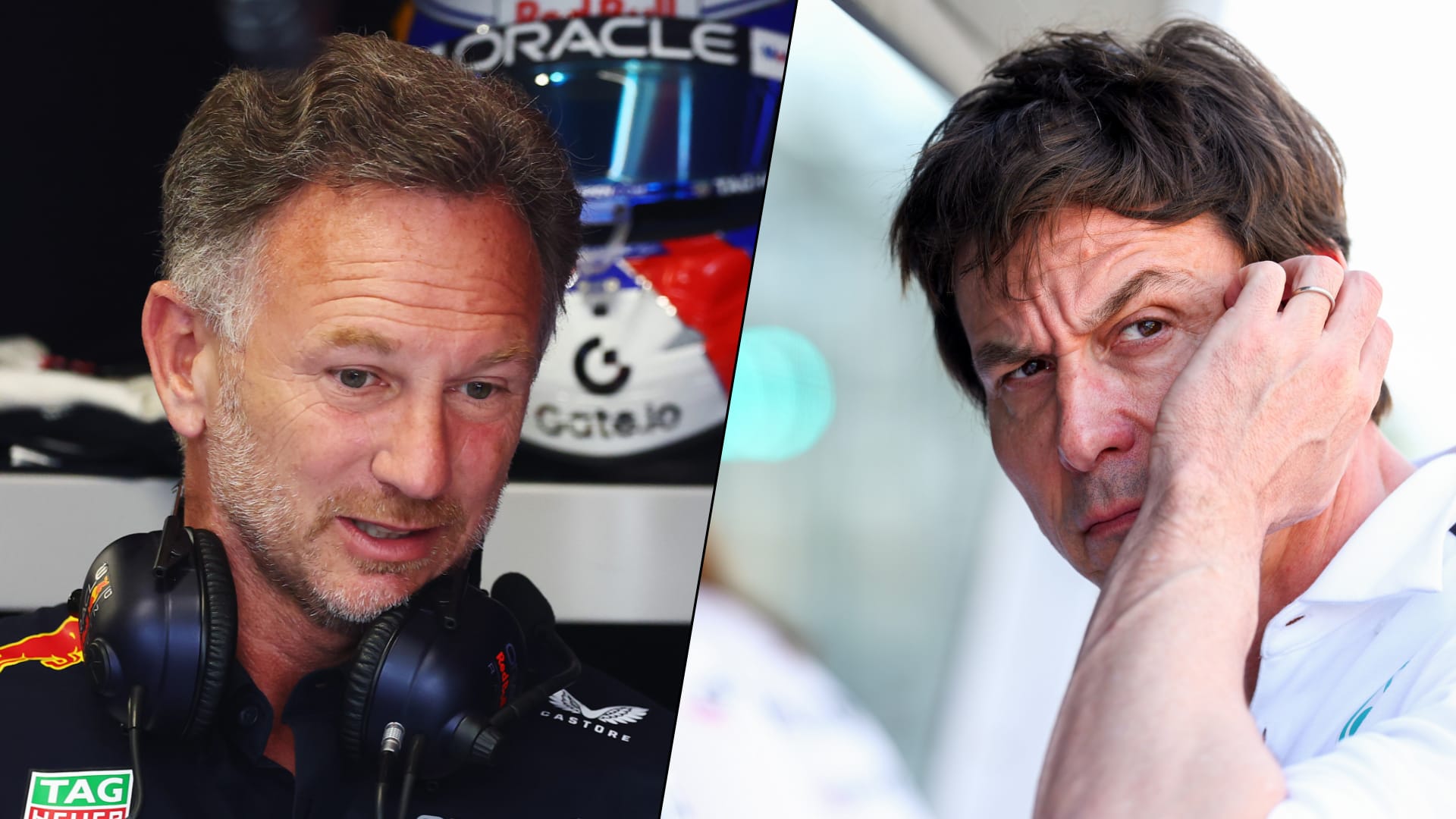“Mission: Impossible 9 – Will It Happen?”
In the course of the lead-up to each “Dead Reckoning” and “The Final Reckoning,” Cruise and McQuarrie have been questioned about the way forward for the “Mission” collection, and being the consummate showmen they’re, they refused to offer concrete solutions a method or one other. In 2023, McQuarrie spoke to Entertainment Weekly about potential future plans for the series. McQuarrie answered by drawing a comparability between the IMF group’s mission plans within the movies and the making of the movies themselves, stating:
Commercial
“Look, we’re still shooting 8 and there’s any number of ways that that story could play out. When you’re watching Mission: Impossible, and watching the team go through these adventures, you’re having some sense of what it’s like to make a Mission: Impossible movie. There’s always a plan, the plan always changes, everything goes completely awry, and hopefully everything always turns out alright in the end. But you never really fully understand, or trust where it is you’re going, until you get there.”
Once more, anybody who’s delved into the commercially launched particular options of the movies (notably McQuarrie’s installments) is aware of that so many facets of every film change throughout the making of the movie, not to mention its conception. So whereas McQuarrie could appear cagey there, he is not mendacity, both.
Commercial
When Cruise was asked by Empire throughout the starting of the press tour for “The Final Reckoning” if the movie was to be Ethan’s final go-round, he was actually being cagey, in service of being a accountable star and producer in hyping up the film he is selling, saying that with a view to know Ethan’s destiny:
“You gotta see the movie. It’s a hard thing for me to discuss at the moment, because it really is something that you have to experience.”
Whereas neither Cruise nor McQuarrie ever hinted on the movie being the top for Ethan (as a result of, at the least by way of the character’s life, it is not), they did make a number of remarks about “The Final Reckoning” being some form of conclusion to the collection, or at the least this chapter of it. Cruise referred to as the film “an epic, emotional journey of the entire franchise,” whereas McQuarrie was a bit of extra agency:
“It is, I hope, the satisfying conclusion to a 30-year story arc. I’m pretty confident that people are going to feel that the title was appropriate.”
So, whereas neither man had any direct feedback relating to a ninth “Mission” — they’re there to advertise “The Final Reckoning,” in spite of everything — their remarks are notably open-ended, implying that whereas this movie is the end result of all that is come earlier than it, that will not essentially imply there’s not going to be something after it. But, on the red carpet for the film, Cruise was quoted as saying “It’s the final! It’s not called ‘final’ for nothing.” So, as McQuarrie stated, the plan all the time modifications.
Commercial
Have any questions or want help? Contact us here. For extra insights, go to our website.
Learn More…









